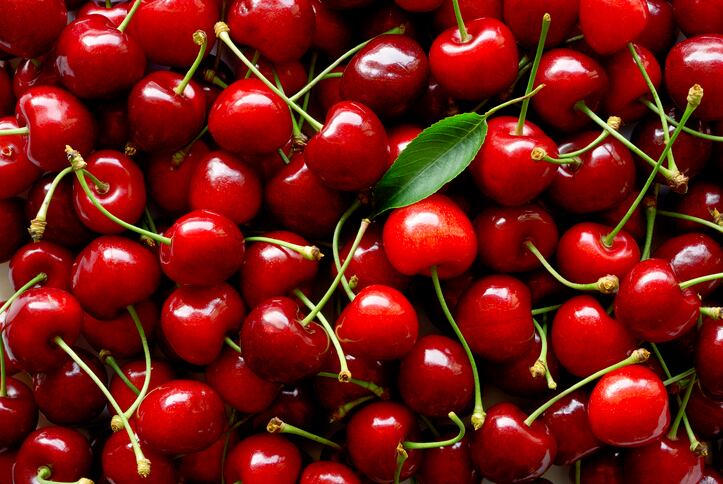While taste is the top driver of food and beverage purchases, research suggests that aesthetic appeal is just as crucial, as it is what consumers notice first – particularly as natural colors gain traction amid a shifting regulatory landscape around artificial dyes.
One of the earliest published reports on color’s role in sensory perception was published in the Journal of the Society of Chemical Industry in 1936 by British chemist H.C. Moir – followed by hundreds of other studies exploring the topic.
Early research explored the use of artificial food coloring in food and beverage products. For example, in the 1930s the dairy industry objected to coloring margarine – often described by critics as counterfeit butter – with a golden yellow color so consumers could easily identify butter instead. They argued color plays a crucial role in influencing consumers’ sensory perception of a food or beverage.
FDA’s recent de-authorization of red dye no. 3 sparked an important conversation in food and beverages on how brands can clean up their labels using natural colors without impacting taste, general appeal and price for consumers. However, reformulations are no easy feat and require heavy lifting across the supply chain from sourcing to packaging, according to experts.
Flavors and colors in focus: From emerging consumer demand to new manufacturing strategies
This story is part of a special collection of articles examining how consumer preferences for colors and flavors are evolving that was emailed to subscribers.
Check out the full collection.
To receive future special editions via email, register for free for FoodNavigator-USA’s newsletters. Find out more by clicking the yellow “register” button at the top of our homepage or by visiting https://www.foodnavigator-usa.com/Info/Why-register.
Natural colors ‘create a deeper sensory connection’ to taste and values
Bold and natural hues both catch consumers’ attention and reflect their health and sustainability values, according to Alon Chen, CEO and co-founder of Tastewise, an AI-tech and consumer insight company for food and beverage brands.
Consumer interest in sustainable food and beverage options grew 18.4% between Dec. 2022 and Dec. 2024 , while interest in aesthetically pleasing food and beverages grew by 19% in the same period, per Tastewise data.
Natural colors derived from beetroot, turmeric, matcha and spirulina “not only offer safe alternatives but also create a deeper sensory connection by tying color to taste and health benefits,” Chen said.
Interest in ube – a brightly colored purple yam native to the Philippines – also grew by 18% throughout 2024, according to Tastewise.
Food coloring and presentation play a critical role in shaping sensory perception, explained Hector Ruiz, CEO of seasoning brand Stella on Fire Co.
“The colors and presentation we see activate psychological responses, setting expectations and enhancing the overall enjoyment of the meal,” Ruiz explained.
He continued, “A beautifully vibrant plate doesn’t just satisfy the appetite — it elevates the entire dining experience. It speaks directly to our senses, hinting at flavors, freshness and even health. A bright orange carrot whispers of earthy sweetness, while the deep crimson of roasted peppers screams of smokiness and intensity.”
Color’s role in marketing
Color plays a critical role in brands’ marketing, especially as consumers seek clean label options, according to Bryan Quoc Le, an independent consultant for food scientists.
“With the growing popular popularity of clean labels, which includes using natural colors and flavors instead of artificial ones, comes the challenge of communicating these changes to consumers,” Le said.
Larger brands that offer products that are perceived as unhealthy or “unclean” may struggle with reformulating their products, but it is possible, he added.
“In order to overcome this hurdle, product brands can capture consumers’ attention by not only changing their formulations and ingredient lists, but by advertising their products as ‘new & improved’ and ‘no artificial colors, same great taste,’ and explicitly stating the new, natural colors being used, such as beetroot, carrot extract or turmeric,” Le emphasized.
Companies should consider the product and its target market, “but if the company determined that it was worthwhile,” these adjustments will strengthen consumer confidence, he added.




